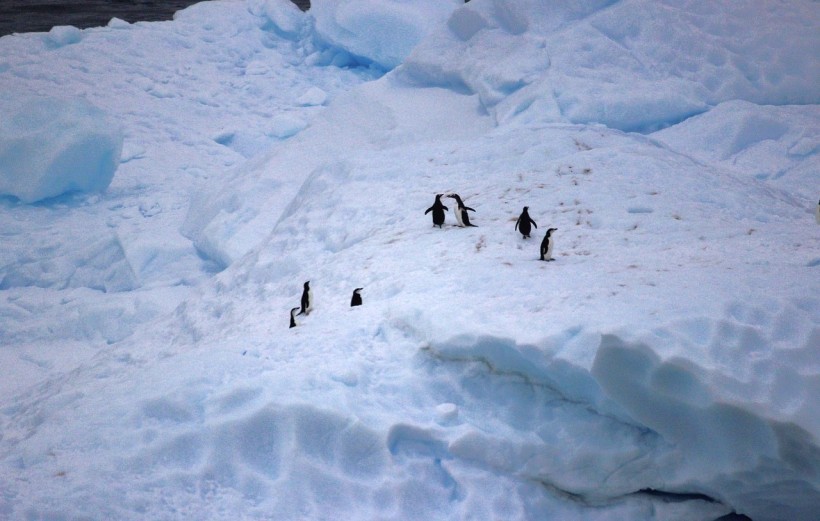Antarctica's Thwaites Glacier is the widest glacier on Earth and it is in big trouble. The new paper, titled "Rapid Retreat of Thwaites Glacier in the Pre-satellite Era" published in the journal Nature Geoscience, reports that it may be closer to disintegration than previously thought.
Being the biggest glacier, it was given the nickname "Doomsday Glacier" because of the possible drastic effects it could cause once it melts. Researchers analyzed the ridges on the sea floor to reveal strong evidence that it is moving further and further toward collapse into the ocean. But what would that date be like?

Thwaites Glacier Closer to Disintegration Than Previously Thought: Here's What Could Happen on the Doomsday
Potential Sea Level Rise Due to Thwaites Glacier's Collapse
As Mashable reported, scientists have studied the rib-like formations on the sea floor that shows the location of the glacier as the tide nudged at it every day. The new way of measuring the footprints of the glacier informs scientists that it is retreating twice the rate that satellite images have detected, which means there is a rare and scarier pulse of disintegration.
"Thwaites is really holding on today by its fingernails, and we should expect to see big changes over small timescales in the future," study co-author and marine geophysicist Robert Larter said in the press release.
A 2020 estimate from the International Thwaites Glacier Collaboration showed that 4% of the sea level rise due to climate change came from the Thwaites alone and a sudden collapse could raise sea levels by 25 inches more. The question now is how quickly this could happen.
Scientists said it is deteriorating at a fast rate. Available evidence from the study points to a "doomsday" scenario that spans six months at least, which is frightening and similar shifts in the movement of the ocean from historical precedents show that it is not enough time for people living in low-lying, coastal neighborhoods to evacuate.
The Sea Level Rise Viewer is a web application by the National Oceanic and Atmospheric Administration (NOAA) that shows what the collapse of Thwaites Glacier would look like. It redraws the US coastline with a 12-inch increment. For example, it could devastate Louisiana and Mississippi, while New York would get merely splashed.
Why the Name 'Doomsday Glacier' is A Problem?
Thwaites Glacier extends into the Southern Ocean and is losing 50 billion tons of ice per year, which is doubling over the last 30 years. The recent study is worrying because it could cause significant sea level rise when it collapses, which could destabilize the West Antarctic Ice Sheet.
Every new study of the glacier gives information about its vulnerability, and people see it as powerful and alarming because of its nickname" the "Doomsday Glacier." According to CNet, it is a moniker that glaciologists and other scientists are trying not to use.
Scientists said that although many studies have already shown the possible effect of the Thwaites Glacier melting on the world, they discourage the use of the term to refer to the glacier.
Glaciologist Ted Scambos from the University of Colorado, Boulder, and a member of the Thwaites Glacier Collaboration suggested instead using "wild card glacier" or "riskiest glacier" as more appropriate names.
Earth scientist Eric Rignot from NASA's JPL also said that the term Doomsday Glacier gives an uneasy feeling that suggests that the world is doomed when it is not. He said that the moniker gives the wrong idea that the Thwaites are already lost.
Rignot said that there still can be done to slow the retreat of Thwaites if climate change is addressed, albeit time is running out. Nevertheless, it is still less severe than doomsday.
Other scientists have agreed that the name is indeed too alarmist. While some said that the term obscures a larger problem that the frozen areas of Earth are facing.
RELATED ARTICLE: Thwaites Glacier in Antarctica Is Hanging 'By Its Finger Nails,' Scientist Claims
Check out more news and information on Climate Change in Science Times.














